Ingredients : Stearic acid, wheat germ oil, triethanolamine, sodium alginate, methyl paraben, liquid paraffin, permitted cosmetic essence,Butylated hydroxytoluene, deionized water
Active Ingredients: luteolin, isoscoparin and isoorientin flavonoids, six common terpenes :β-pinene = β-PIN, β-myrcene = β-MYR, Z-ocimene = Z-OCI, linalool = LIN, benzyl acetate = BAC, β-caryophyllene = β-CAR, zinc (Zn), iron (Fe), phenolic acids, and vitamins
Indications: Helping the process of cellular restructuring and better tissue repair and thus preventing the production of inappropriate scars, for damaged and irritated skin, helping to heal sensitive and damaged skin caused by sunburn,solarium, phototherapy, physiotherapy, accelerating Healing cuts and surface injuries, reducing inflammation caused by burnsIt is recommended to be used for warm or warm skin
Dosage and administration: First, clean and dry the surface of the skin completely and apply a sufficient amount of the product on the inflamed and damaged skin 2 times a day until it is completely absorbed.
Side effects: So far, no specific side effects have been reported
Recommended tips: For normal skin, if you see any irritation or inflammation, stop using it and consult a doctor. Avoid using the product around the eyes, mucous surface and open wounds. Do not use on the skin near the eyes and lips. Before using it on the face, perform an allergy test on the body. If a skin reaction occurs, stop using it and consult a doctor. Do not use on open or damaged skin.
.Contraindications and precautions: It is not recommended for severe allergies and psoriasis
Pharmacological effectsand mechanism of action MOA: patented Triticum vulgare aqueous extract was able to trigger the skin repair process by stimulating new tissue growth and reducing the expression levels of inflammatory mediators, such as IL-6, TNFα, prostaglandin E2, and nitric oxidewas demonstrated that the extract of Triticum vulgare was able to induce theproliferation of fibroblasts and of endothelial cells giving an acceleration to wound repair. We demonstrated that it induced the synthesis of fibronectin and hyaluronan synthase 2, enhanced the polymerization of actin in dermal fibroblasts and stimulated new lipid production in epidermal keratinocytes. These four functions are of key importance for the skin healing process since they are related to the formation of new tissue following the first phase of wound healing. In particular, it was already demonstrated that the Triticum vulgare aqueous extract reduced the expression levels of inflammatory mediators, such as IL-6, TNFα, prostaglandin E2, nitric oxide. Then, it was proved that the extract of Triticum was able to increase cell proliferation inducing an acceleration of wound repair. Here we demonstrated that the extract was effective in regulating wound repair also during the remodelling phase. In particular, fibronectin is a key factor during the healing process, as it is involved in cell differentiation and migration, and serves as a binding site for a number of growth factors.23 Moreover, it coordinates the deposition of new ECM proteins, such as collagens and thrombospondin I, and promotes cellular adhesion and communication.24,25Furthermore, we demonstrated that TVE was able to stimulate the polymerization of actin, the motor of cell contractility and movement. An increase of actin polymerization has been linked to an increase in cell migration on wound edge and an improvement of wound contraction.16 By increasing the level of polymerized actin in fibroblasts, TVE could regulate the proliferative and remodelling phases of wound healing, accelerating the ability of fibroblasts to repair the damage. Another key event in wound healing is the skin barrier restoration. In healthy skin, a perturbation of the skin barrier initiates a sequence of events that rapidly results in the return of lipids to the stratum corneum and the restoration of its barrier function. Following a disruption of the barrier, the increase in cholesterol and fatty acid synthesis in the epidermis occurs within few hours, whereas the increase in sphingolipid synthesis requires longer times.29 It was demonstrated that the inhibition of the epidermal lipid synthesis delayed barrier function restoration.30 By promoting the activity of β-glucocerebrosidase and the synthesis of new ceramides in keratinocytes, TVE could thus improve the epidermal barrier functions during wound repair.
References:
PMC/A Triticum vulgare Extract Exhibits Regenerating Activity During the Wound Healing Process/2020

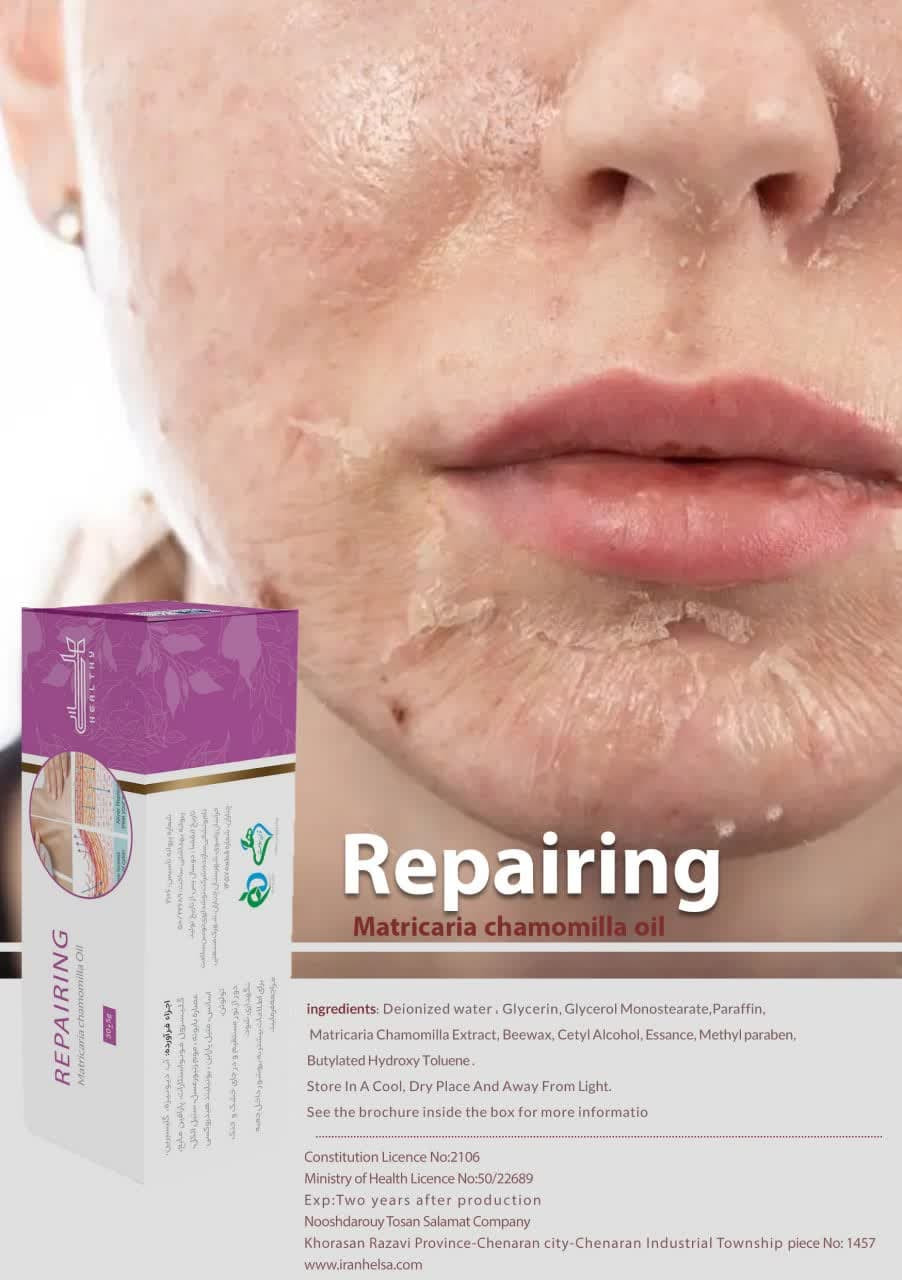
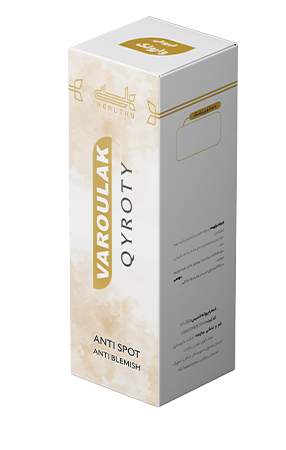
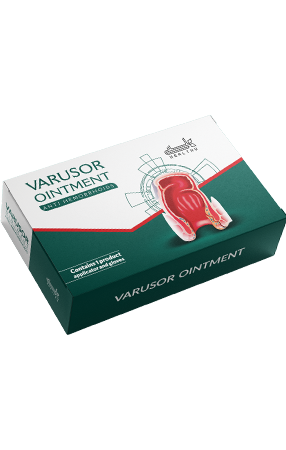
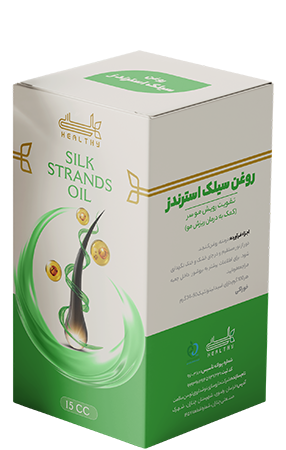
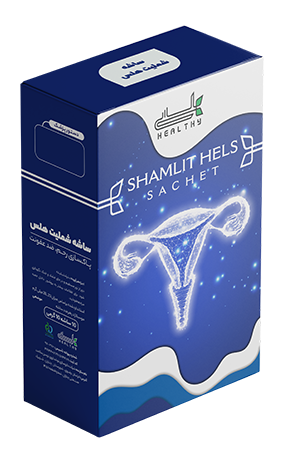
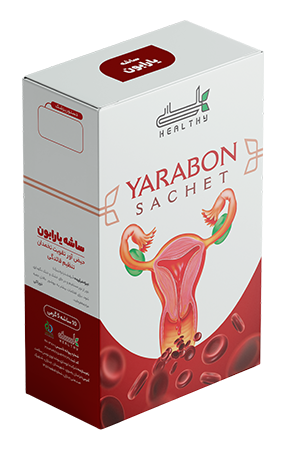

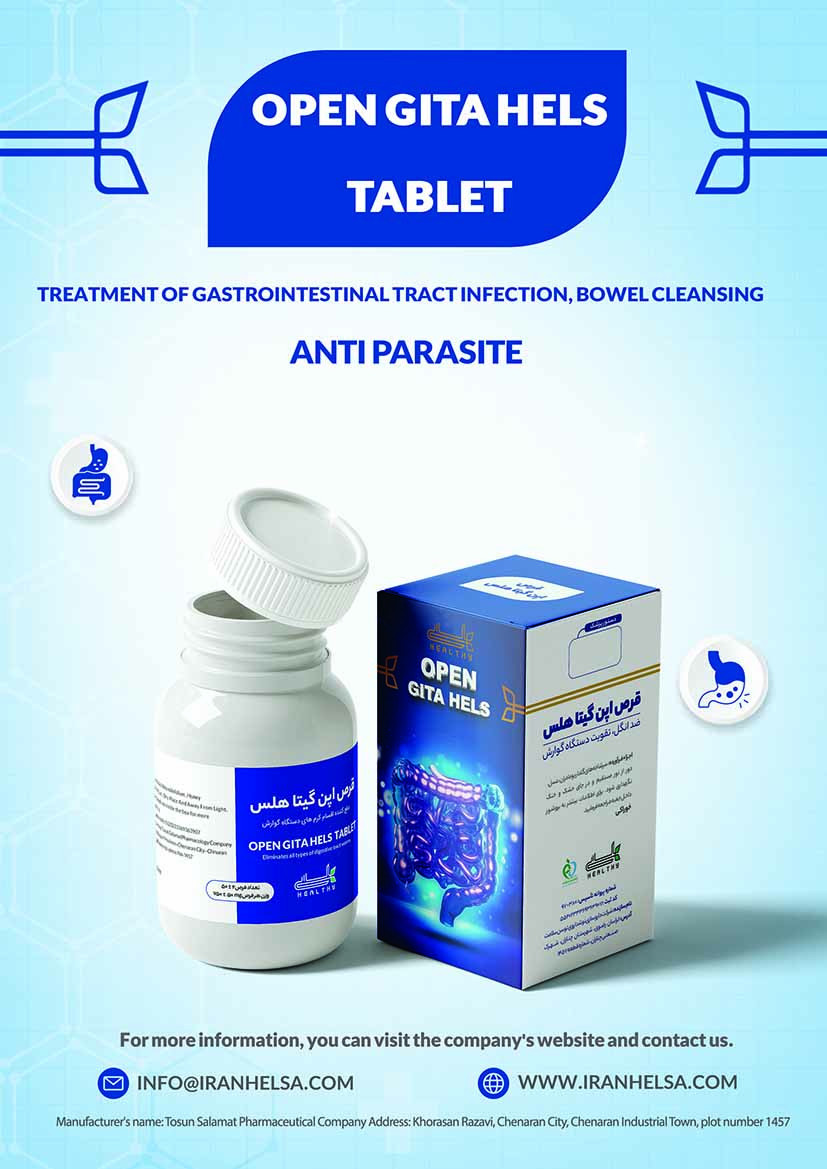
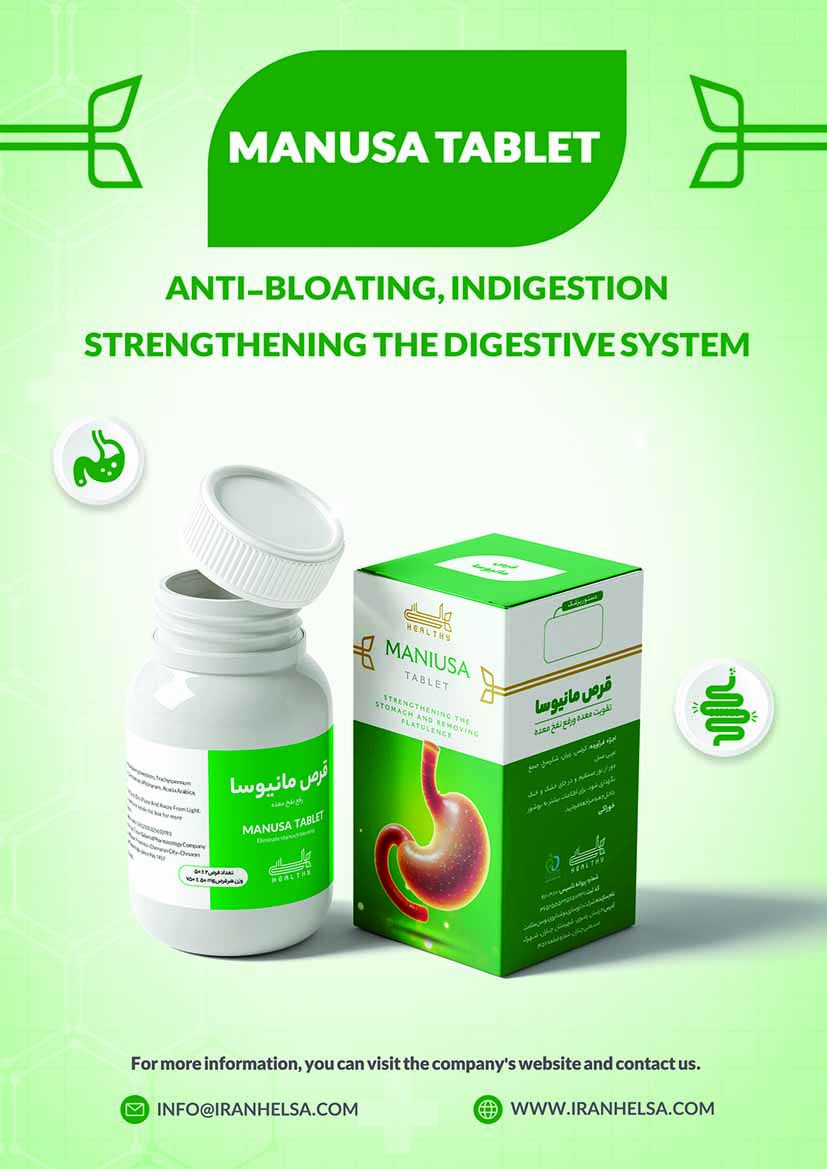
User comments